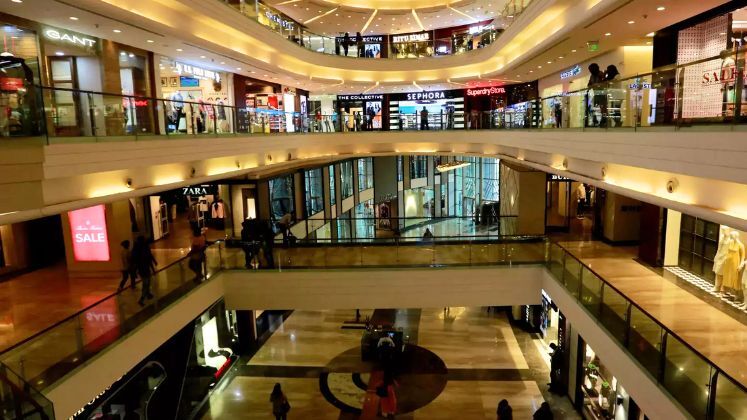
A report from global real estate services firm, JLL, has found that North India is anticipated to acquire a disproportionate amount of the future retail supply in Tier-2 and Tier-3 cities.
According to the survey, 44 per cent of the retail supply in Tier-2 and Tier-3 cities—which are anticipated to open in the next five years—will be located in the northern part of the nation.
With 25 million square feet of new retail developments, the country’s Tier-2 and Tier-3 cities are seeing a boom in the supply of new retail space, according to the research. Growing consumer demand, land availability, and the dearth of high-caliber retail ventures in these locations until recently are the main drivers of this expansion.
“With 44 per cent of the total, North India leads the anticipated retail supply in Tier-2 and Tier-3 cities. Jaipur, Lucknow, and Ludhiana are the main cities propelling this expansion. A wide range of well-established and up-and-coming regional developers are propelling supply in this area,” according to Samantak Das, JLL’s Chief Economist and Head of Research and REIS, India.
Additionally, it mentioned how the developers are taking use of these chances to satisfy the changing requirements of these developing metropolitan centres. It also stated that there will be a large amount of new mall construction in these cities, with an average gross leasable space of about 375,000 sq.ft. Interestingly, each of these four mall projects has a gross leasable area of 1 million sq.ft., making them exceptionally enormous.
The survey claimed that the flood of high-quality goods from reputable developers has increased retailer confidence in these areas. Because of growing consumer expectations and new shop opening chances, premium and bridge-to-luxury brands are also making inroads into these locations.
The survey also said that institutional investors are concentrating on Tier-2 and Tier-3 cities in addition to developers when it comes to creating retail initiatives. Retail real estate investment is still concentrated in prime metropolises (the country’s seven largest cities: Delhi NCR, Mumbai, Pune, Bengaluru, Chennai, Kolkata, Hyderabad), although a sizeable share of institutionally held properties is increasingly situated in developing cities all over India.






